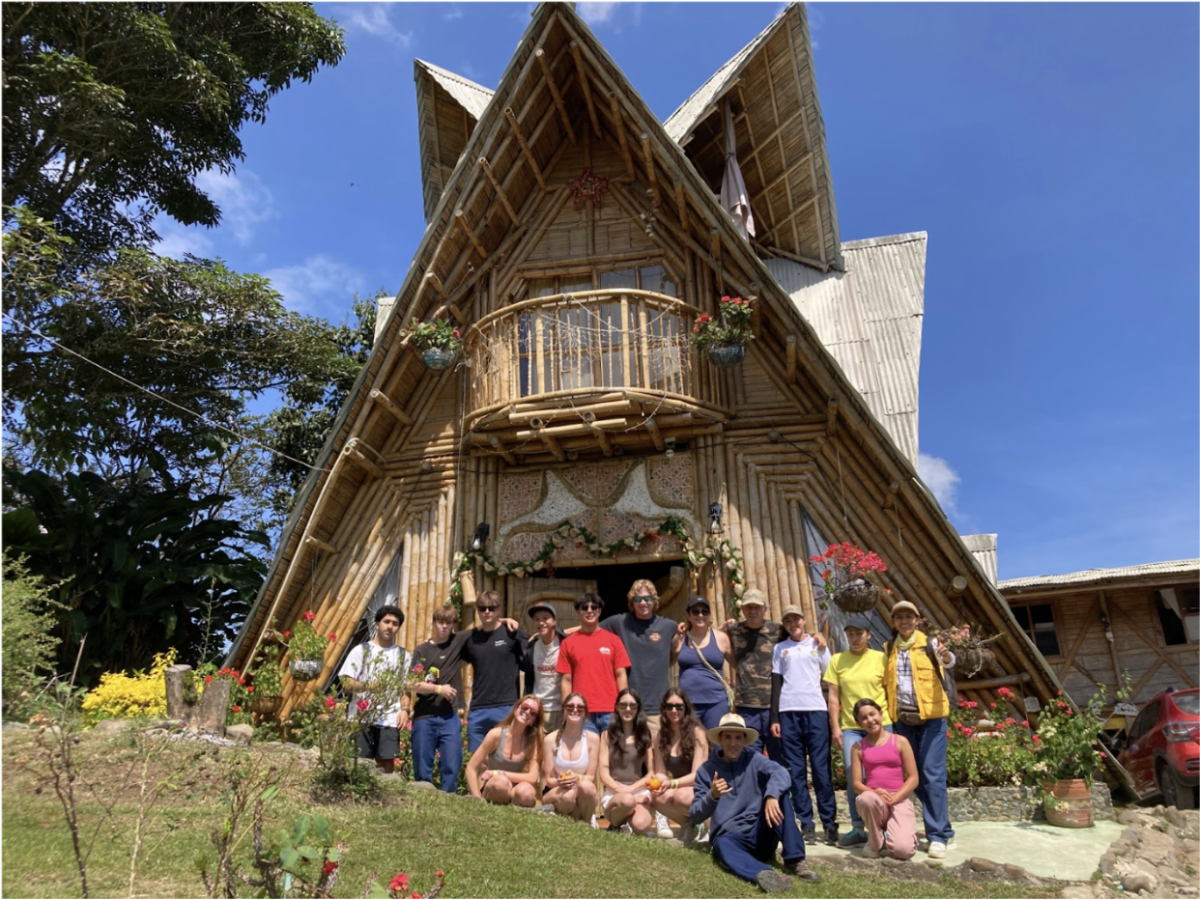Last Friday, the Aurora Borealis, more commonly known as the Northern Lights, appeared in the skies above San Francisco. Californians could glimpse this special sight because of a greater amount of solar activity, which causes the Northern Lights to spread.
When the magnetic field inside the sun is disturbed, it releases energy through large explosions. The explosions release plasma, which is carried to Earth at high speeds. Currently, solar activity is at its highest point in its eleven-year cycle, according to Space.
“Unfortunately, I was not able to see the Northern Lights,” freshman Siena Kane said. “However, I was able to see many pictures of it on the news, and I hope next time it appears in San Francisco I get to see it,”
Charged particles caught in Earth’s magnetic field create Northern lights. The particles then move to the North and South poles, illuminating the sky with their brilliant colors. The main gasses in Earth’s atmosphere are oxygen and nitrogen, and they create the colors of the lights. The green hues are due to the oxygen in the air, and nitrogen creates the purples, pinks, and blues, according to the Royal Museums Greenwich.
“I wasn’t able to see the Northern Lights over the weekend.” freshman Wren Walton said, “But I wish I did because it must have been so pretty,”
Once or twice a year, San Francisco is able to see the Northern Lights. Despite the light’s occasional appearance, it is still rare to have such brilliant colors in the sky. Experts say that even by traveling just a little further north to Oregon, you will be able to see the northern lights more frequently. In 1859, during the most severe geomagnetic storm in our history, the Northern Lights were even able to be seen in central Mexico, according to The Pioneer.
“I was really looking forward to seeing the Northern Lights after my grandpa told me about it,” Kane said, “But I did not want to wake up at 3 a.m., even though it must have been really fascinating.”





















